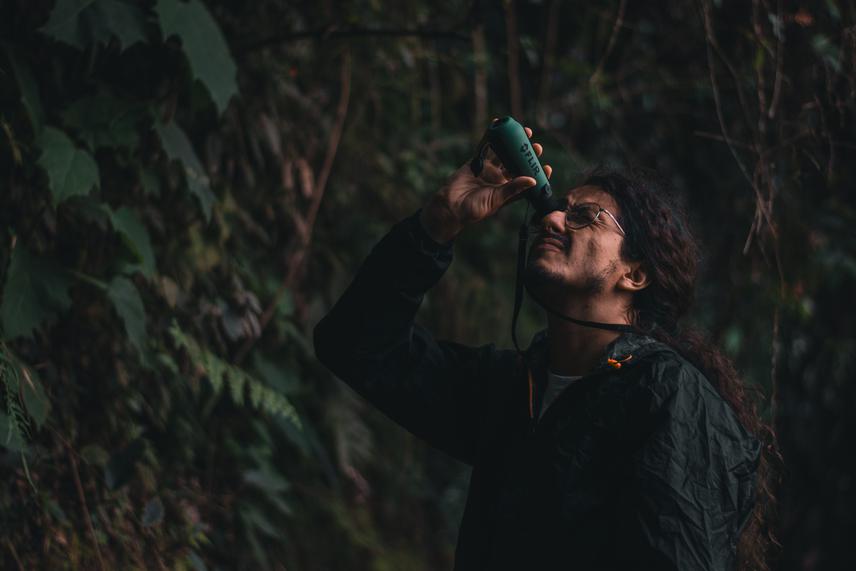Sebastián Bustamante Manrique
Urban expansion is a major global driver of biodiversity decline. Today, 55% of the global population resides in urban areas, highlighting the impact on biodiversity near cities, particularly for forest-dependent species. Most primates are susceptible to urbanization, as they rely on tree habitats for their daily activities. Research related to the effects of habitat degradation on primates has mainly been conducted in a habitat patch context, where deforestation affects the local habitat structure and, consequently, primate persistence. A broad-scale perspective helps us to understand ecological processes that act regionally on species and their habitats. In urbanized landscapes, primates encounter risks limiting their presence and abundance, including barriers like road construction and power lines. Many primates adapt by utilizing human-related resources, altering their budget, and seeking refuge in urban areas.
However, studies on the effect of urbanized landscape structure on primate occurrence are scarce, making this the first attempt to document the effects of urbanization on the Colombian night monkey (Aotus lemurinus). A. lemurinus is nocturnal, endangered primate species recorded in urban areas in Colombia, primarily in the renowned coffee-producing region known as “Coffee Axis”. This species plays a crucial role in urbanized environments, providing ecosystem services such as seed dispersal for forest regeneration and nutrient cycling, cultural significance, and fostering a deeper connection with nature.

© Sebastián Velásquez Jiménez.
We propose to investigate:
(i) how the structure of urban landscapes and local habitat structure influences the probability of occurrence and encounter rate of the Colombian night monkeys.
(ii) apply such information to through outreach and environmental education in order to increase environmental awareness of different stakeholders. We will adopt a patch-landscape approach and select 30 urban or peri-urban forest patches in this region of Colombia with buffers of up to 1800 m, where we will calculate landscape metrics. We will traverse transects within each forest patch to collect information on the presence and encounter rates of the monkey, calculating the mean DBH (diameter at breast height) of each patch as a local variable of habitat structure.
Finally, we will conduct a three-day Environmental Education Workshop in the capital cities of the states within the Coffee-Axis region. This project is part of a doctoral thesis in Ecology and Biodiversity Conservation at the Universidade Estadual de Santa Cruz, Brazil. It will enable us to understand which variables in the urban landscape affect nocturnal monkeys and develop strategies in territorial management to mitigate such impacts.
Header: © Sebastián Velásquez Jiménez.